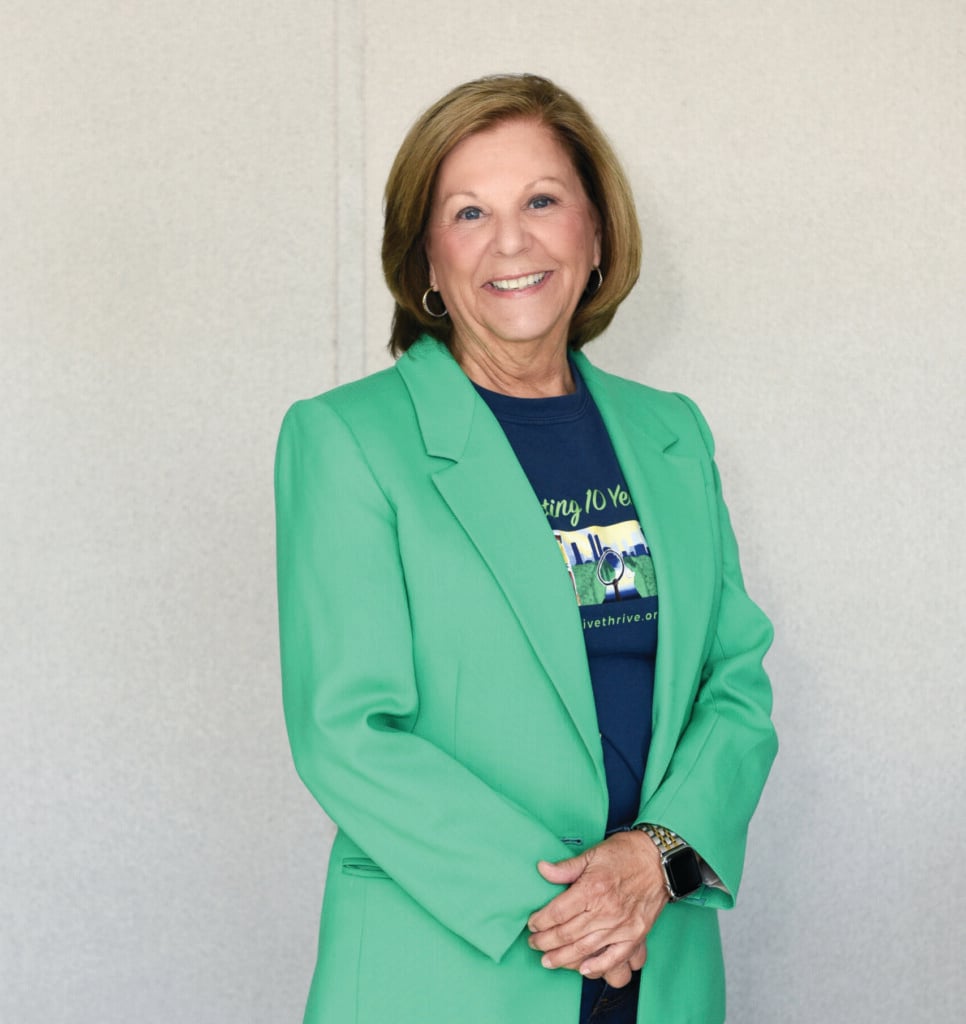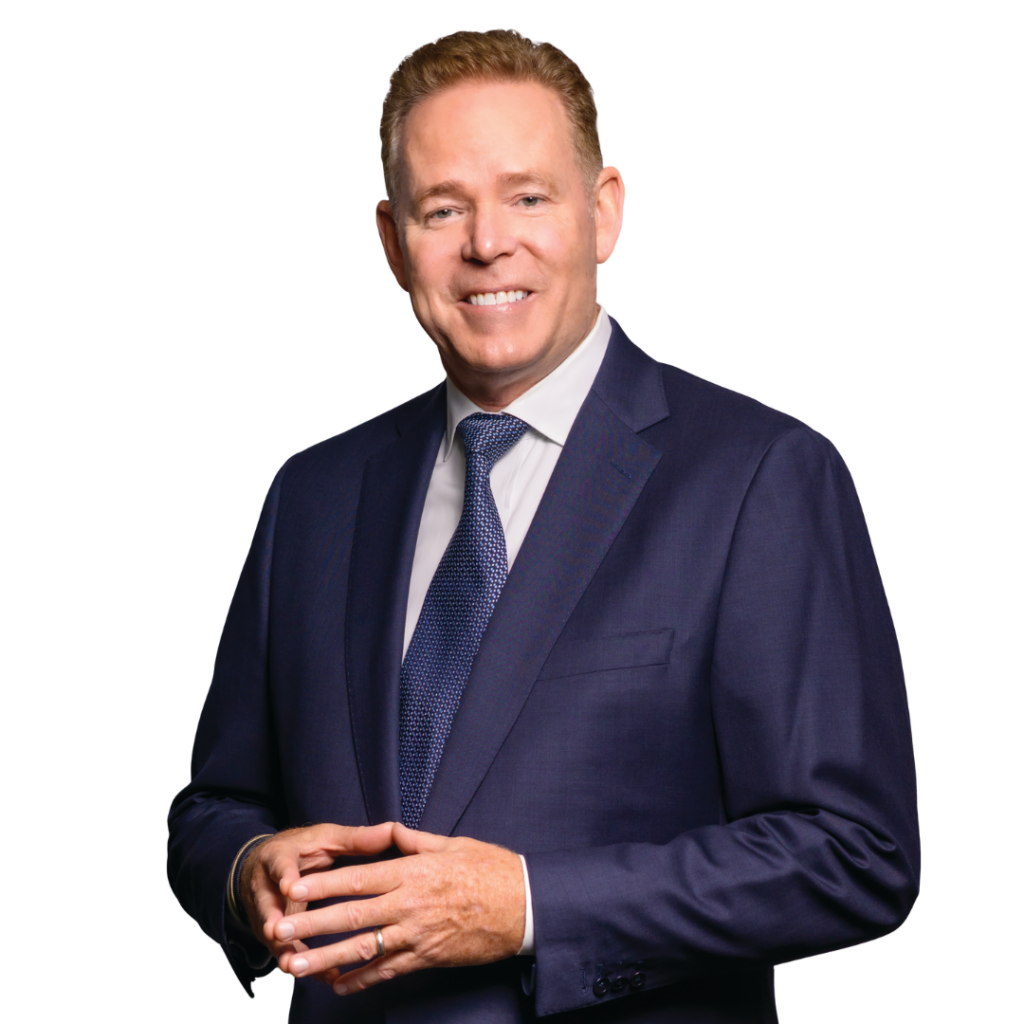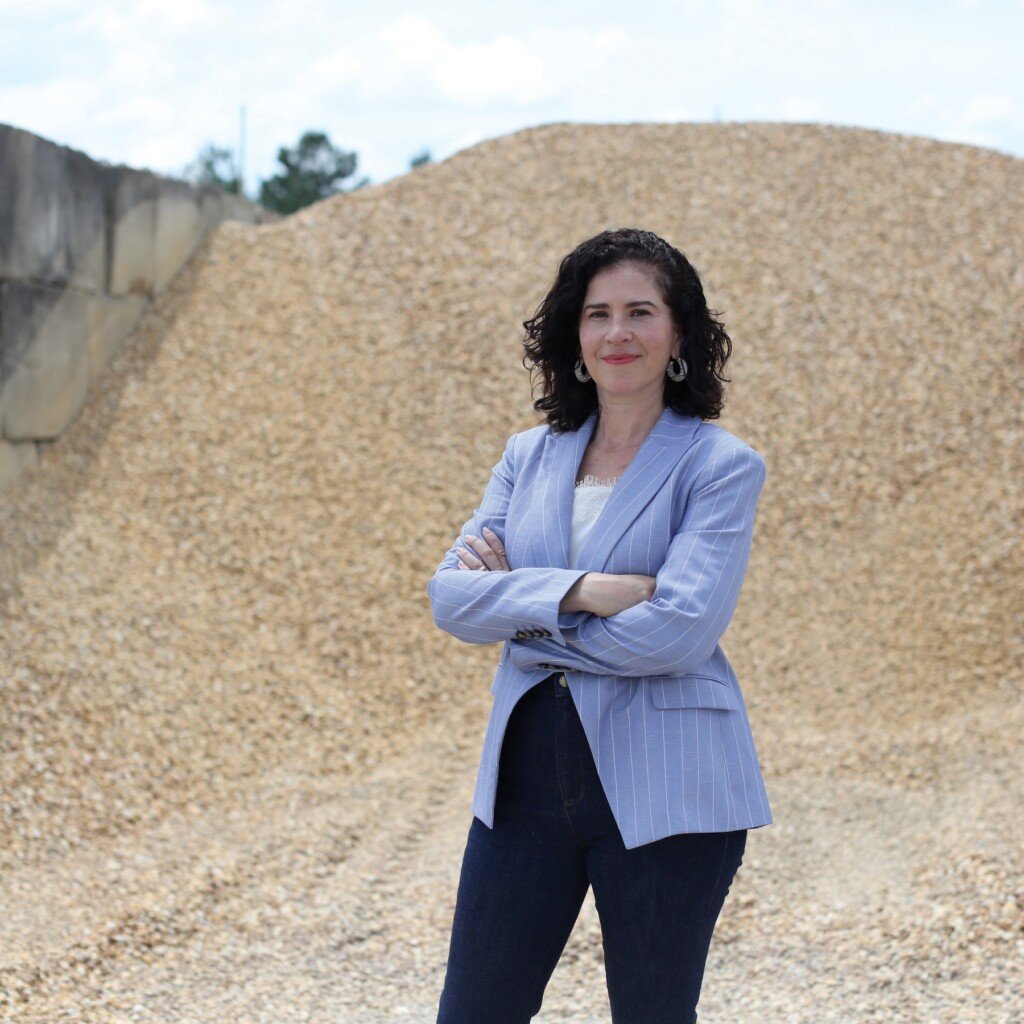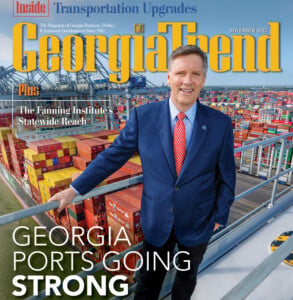Catching up with… Brian McGowan
President, Centennial Yards Co.
Before he became president of Centennial Yards, the redevelopment of downtown Atlanta’s Gulch – a 50-acre cluster of rail lines and parking lots, located some 40 feet below the surrounding streets – Brian McGowan served as CEO of the Atlanta BeltLine, COO of the Metro Atlanta Chamber and CEO of Invest Atlanta, among many other positions. These are edited highlights from an interview.
How did Centennial Yards come to life?
 Tony Ressler bought the Atlanta Hawks about eight years ago. He walked out the front of the [State Farm] Arena and looked across the street into the hole in the ground and said, “What’s that, Steve?” This was Steve Koonin, [CEO] of the Hawks. Steve says, “That’s the Gulch. That’s where people tailgate.” Tony said, “I want LA Live there.”
Tony Ressler bought the Atlanta Hawks about eight years ago. He walked out the front of the [State Farm] Arena and looked across the street into the hole in the ground and said, “What’s that, Steve?” This was Steve Koonin, [CEO] of the Hawks. Steve says, “That’s the Gulch. That’s where people tailgate.” Tony said, “I want LA Live there.”
LA Live was one of the first sports-adjacent entertainment districts in America, in downtown Los Angeles. Downtown Los Angeles has [the] Convention Center, and it was just a parking lot surrounding it. They converted it to a sports-adjacent entertainment district with housing and theaters and shopping and cool stuff. That was the inspiration for Centennial Yards.
What happened once the idea for Centennial Yards took root?
It turns out Tony has a brother named Richard Ressler, who is one of the founders of CIM Group, a Los Angeles-based developer. Tony called his brother and said, “Hey, I want you to come out here and see what you can do with this property.” They came out and began acquiring the property. There’s a reason it hadn’t been developed. It’s a very, very complicated site. There’s no infrastructure there. It was railyards for many years, so there’s no water, sewer or power.
CIM started buying those properties and got the incentives in place. It’s a $5 billion project, 8 million square feet. There will be 2,000 to 3,000 apartments, lots of bars and restaurants and office space. We’re really building a city within a city, 50 acres.
What else will be there?
We converted [the old Norfolk Southern Buildings] to 162 apartments. They remain pretty much fully occupied. We opened a brewery in that building as well, Wild Leap. We have two buildings under construction, a 300-room hotel, right across the street from Mercedes-Benz [Stadium], and 300 apartments. [There will] be five restaurants between these two buildings.
Eight acres will be the fan zone. It’s a 5,000-seat music venue, another hotel, a really cool food and beverage sports bar concept and a multitenant food and beverage building. Our plan is to have this section completed by [the 2026] World Cup, with the caveat that the buildings, the interiors, won’t be complete, but the buildings will be there for fans to come and watch the game if they don’t have a ticket.
Tell us about your goals around affordable housing, minority- and women-owned small business contractors and sustainability.
Twenty percent of all the units we build will be affordable at 80% of area median income for 99 years. We also committed to matching the city’s goal of 38% minority-female business enterprise participation in the project. We are currently close to 40%. We committed to building a new police station and a new fire station within Centennial Yards, at our cost. All of our buildings will be LEED Platinum-certified. We’re also looking at creating a district utility system, which basically reuses unused heat from buildings to create energy.
Anything else readers need to know about Centennial Yards?
I think the word transformational is overused, except in this case. Because not only is it one of the largest real estate projects in the country, it’s in the heart of a major American city. I can’t think of another city in America that has 50 vacant acres in the heart of the city. [Former Atlanta Mayor] Andy Young, who was in our office about a year ago, looked out the window at the site. He put his hand on his heart and said, “This has been a hole in my heart since I ran for mayor.” We felt this heavy burden, like, “Oh, my God, we’ve got to fill the hole.” And so, we often call this filling the hole in the heart of the city.






